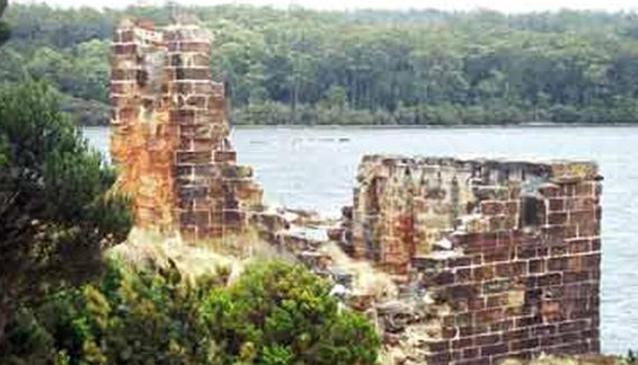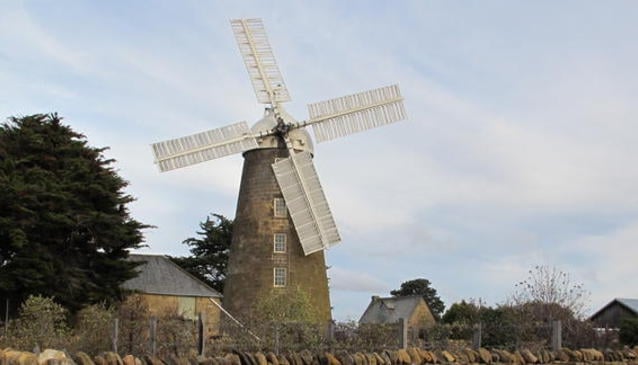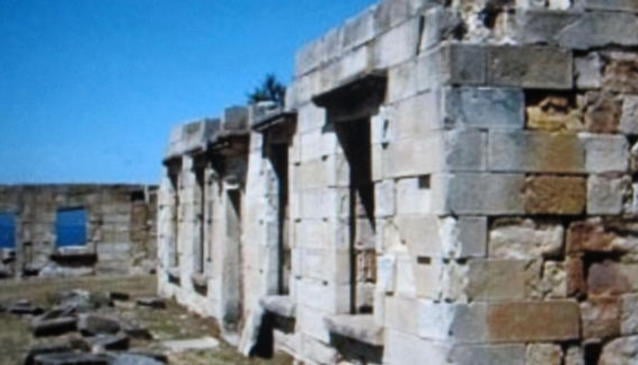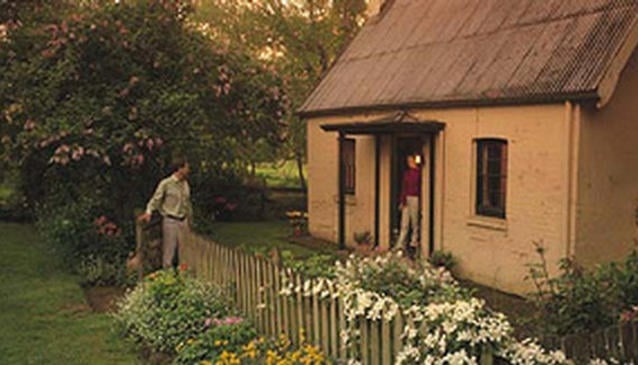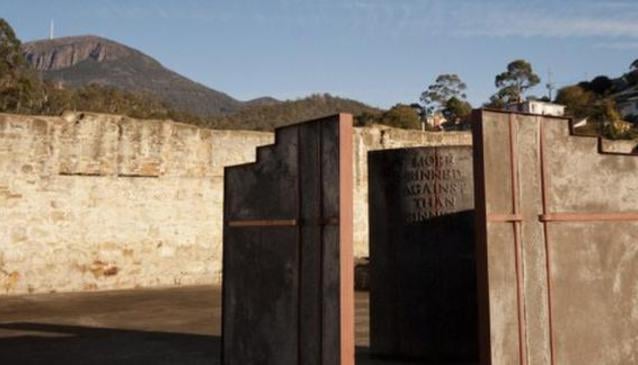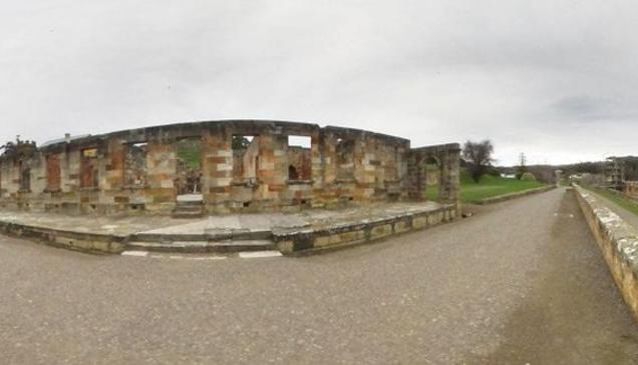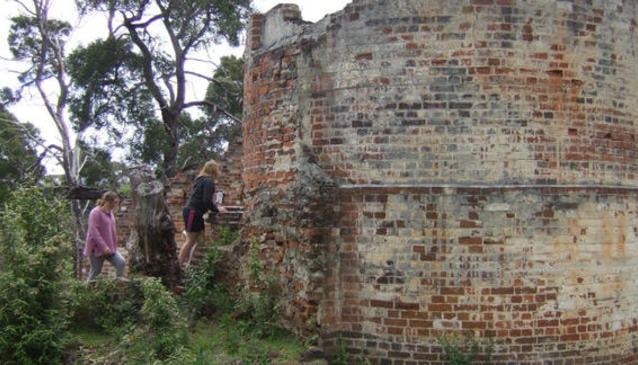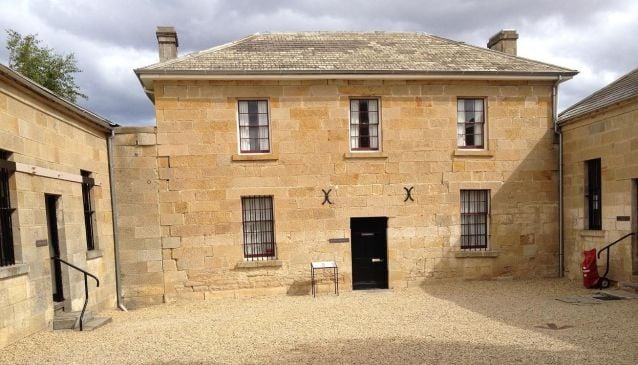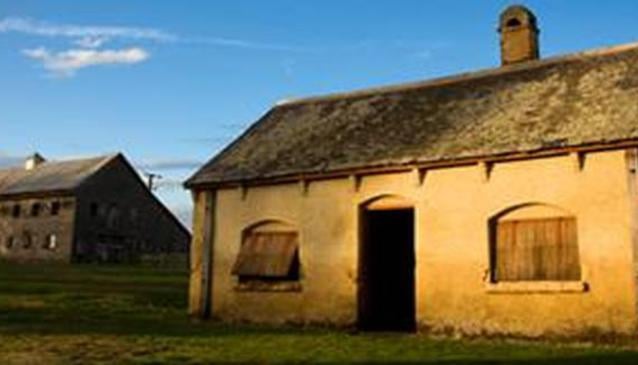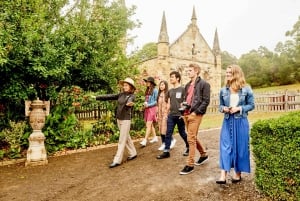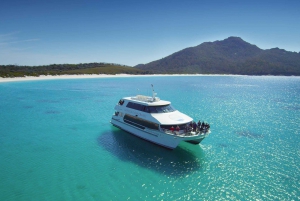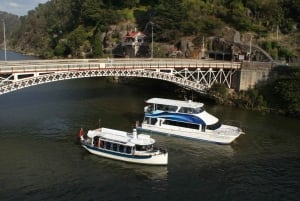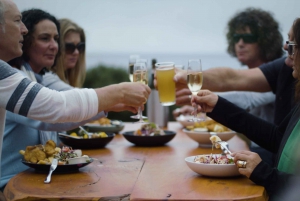Best Historical Sites in Tasmania
Local Recommendations from our My Guide Tasmania team
Tasmania contains places of local, state, national and World Heritage significance. Many of historical value are linked to the British colonisation of the isle, especially the role of convicts. The forced penal migration had a major impact, due to its sheer scale. Nearly half the convict sites in Australia with World Heritage listing are in Tasmania.
The labour of convicts contributed a lot to the building up of settlements in Tasmania. Most of the evidence that remains of their toil is in buildings and bridges, such as the bridge at Richmond which is the oldest bridge in Australia and still in use today. With the penal establishment there was much record-keeping, giving insight into the lives and conditions of those forced to come here. As stories are told of individual convicts, the extraordinary picture of convict life is revealed. There is no doubt that the influx of transported convicts had a lasting and significant impact on the Tasmanian landscape. Not only for the labour done as convicts but their lives lived after receiving their Ticket of Leave document or being pardoned. There are sites of historical significance relating to the original inhabitants, the Tasmanian Aborigines. These contrast so much with the early, European colonisation and our current way of life. Little is left to show they were here because they minimally impacted on their landscape. Shell middens and rock carvings are cause for quiet reflection, as are the final living and resting places of many of the last full-blood aborigines, Wyabaleena on Flinders Island and Oyster Cove, near Hobart.
Book Top Experiences and Tours in Tasmania:
If youʻre booking your trip to Tasmania last minute, we have you covered. Below are some of the top tours and experiences!- From Hobart/Adventure Bay: Bruny Island Wilderness Cruise
- Hobart: Hastings Caves, Tahune Airwalk, and Huon Valley Tour
- From Coles Bay: Wineglass Bay Cruise with Lunch
- From Port Arthur: Tasman Island Wilderness Cruise
- Tasman Peninsula Tour, Cruise & Port Arthur Historic Site



